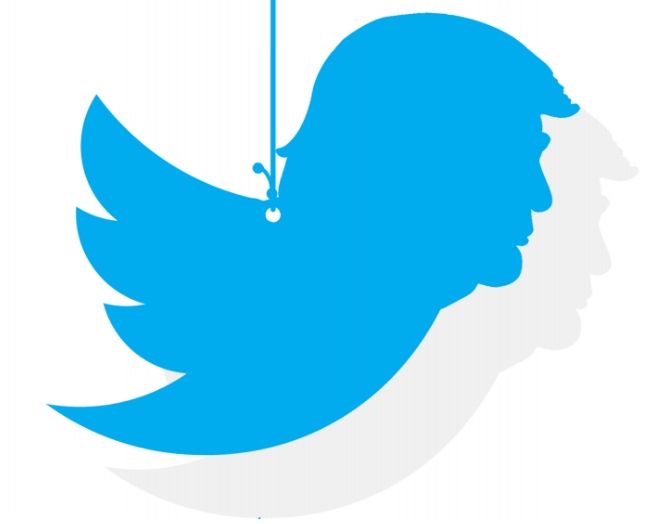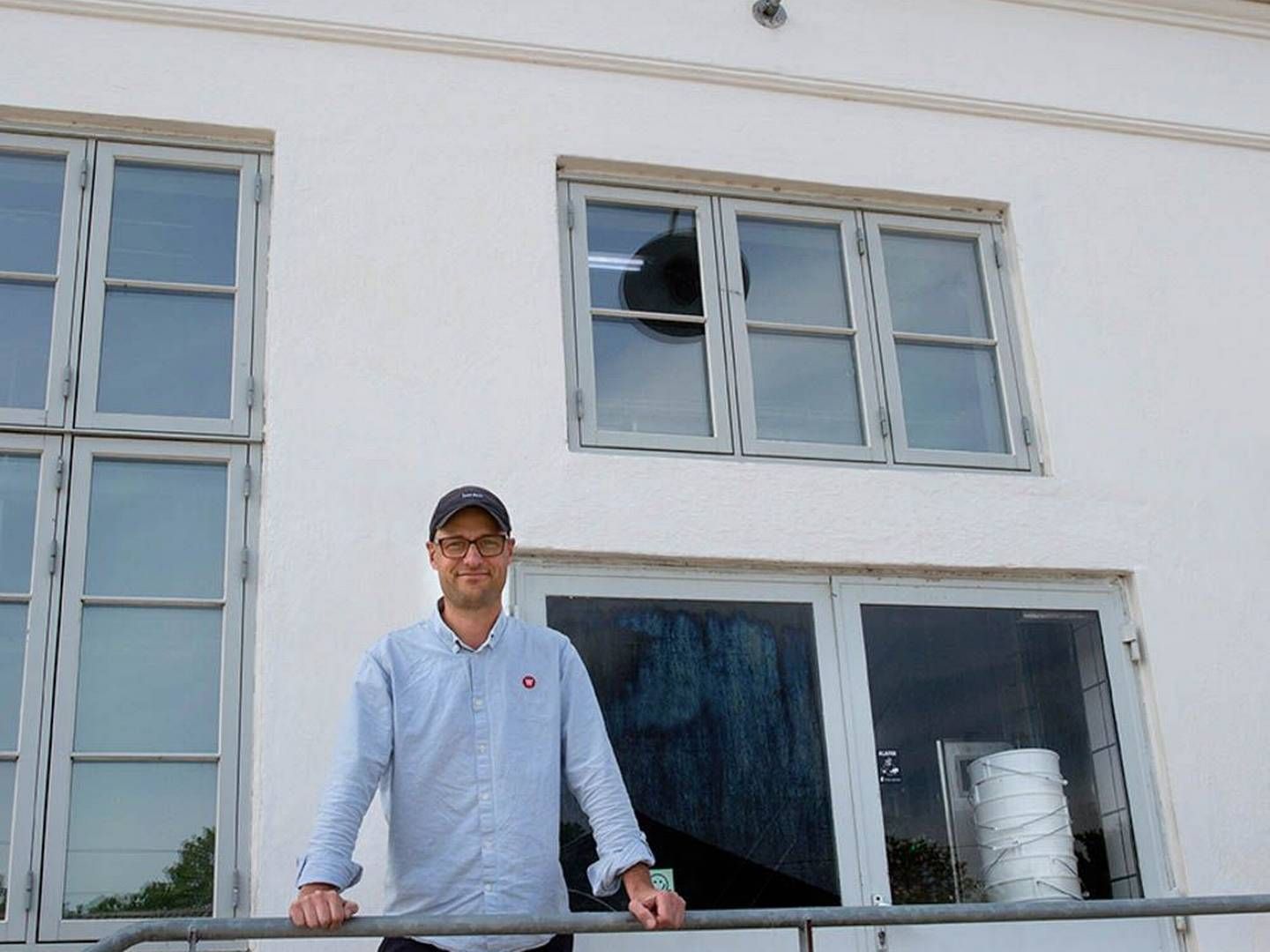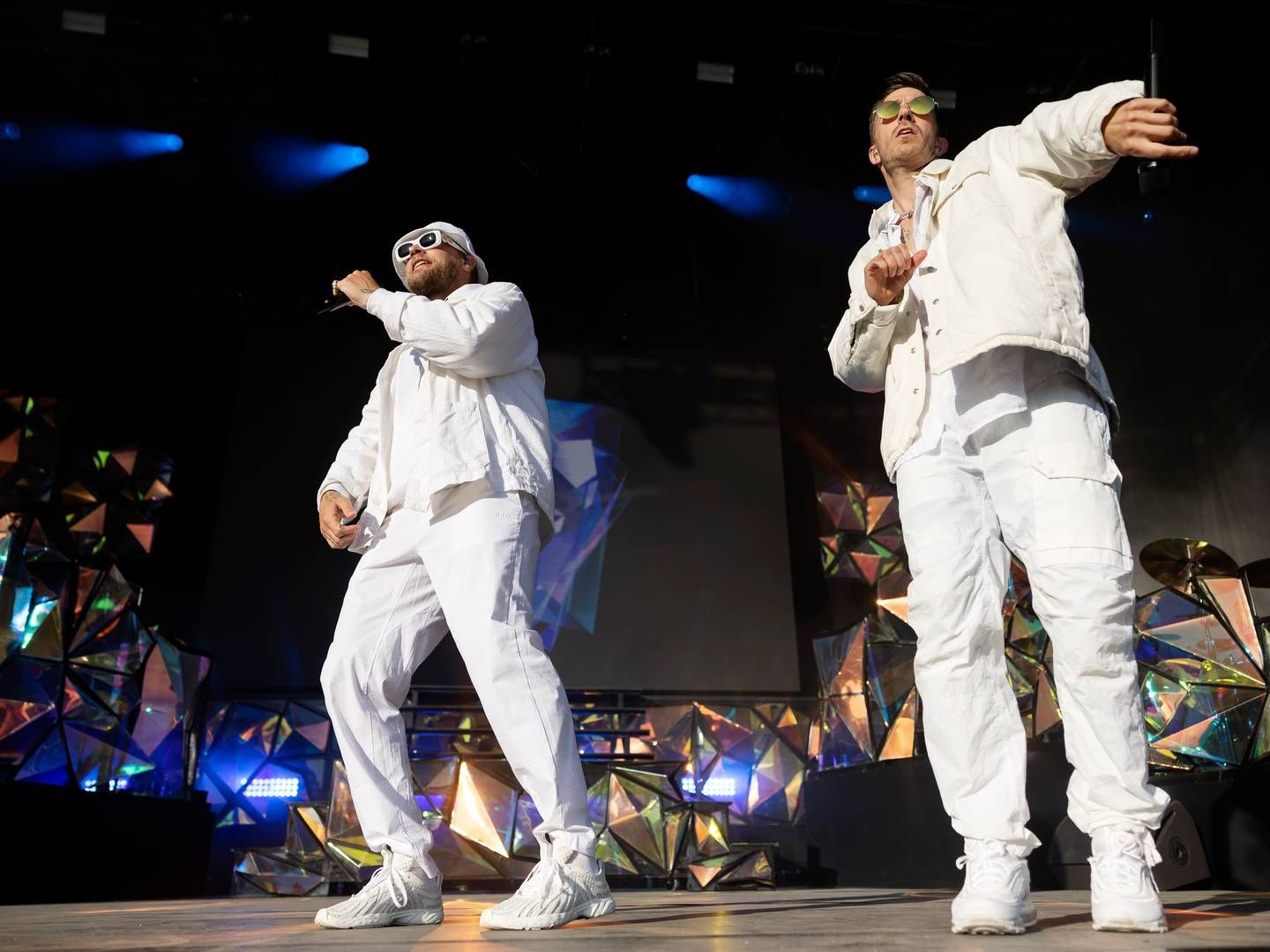Trump - Twitter - En undersøgelse af præsidentiel kommunikation i en digital æra

Trump is in many regards a rather controversial president in modern political history and whilst this thesis does not unfold the political ideologies of the president, his controversies do not confine themselves to the domain of politics. On Twitter, Donald Trump has caused a regular disruption of the code and conduct that is usually associated with political or especially presidential use of social media.
With fiftysomething million followers on the social microblogging platform, Trump has in Twitter an outlet in which he can generate unfiltered and unpolished communication and broadcast it to a vast number of people in an instant. But exactly how can one determine Twitter’s role in this process of strategizing?
By phenomenalizing Twitter as an active actor in the process, this thesis examines the intricacies within the communicative assemblage that is prominently constituted by Twitter, Trump, and the audience. The research draws on sociomaterialism as a driving force in understanding the network of actors and their entanglement.
The study makes use of a sequential mixed method approach in which quantitative and qualitative methods are intertwined and support each other. The quantitative results are seeked explained through qualitative methods such as rhetorical analysis, and similarly, the linguistic and rhetorical tendencies are sequentially investigated through quantitative research.
The dataset used in our research is the entirety of Trump’s tweets dating back from his inauguration and exactly one year forth - a staggering total of 2.556 tweets. Operationalizing the Triple-A Model (Gulbrandsen & Just, 2016), this thesis considers the tweets to be a result of certain affordances and constraints.
Adding to the model, this paper suggests a fourth dimension, abstractions, which aides in scaffolding our understanding of societal and sociological tendencies that make up the contemporariness of the established assemblage. Thus, phenomena such as post-truth society and attention economy are added to the theoretical apparatus. In its rhetorical analysis, the thesis utilizes ancient scholars combined with more modern linguistics in an attempt to understand Trump’s use of appeal forms, metaphors, and language patterns.
The thesis initially recognizes three dominant themes in the quantitative processing of our dataset:
➔ Trump’s use of the word great
➔ Trump’s use of personal pronouns ➔ Trump’s use of the word news
These three topics are scrutinized quantitatively and qualitatively. The thesis finds that great is first and foremost used with Trump’s slogan ‘Make America Great Again’. The qualitative analysis suggests two particular trends in his use of the slogan.
In its second theme, the study finds a spectacular application of personal pronouns, which Trump uses to sow dissent and demarcate a lucid border between those who are with him and those that are against. The third analysis explains how Trump articulates a seemingly inexorable narrative on the fake news media through the use of metaphorical narratives and vivid rhetorics.
The investigation concludes in a discussion on the three analyses, in which their interconnection is described as supportive and reciprocally instrumental. The discussion points out the strategic benefits that theme 1 and 2 obtain through Trump’s war on fake news; with Trump’s relentless and acrimonious endeavours to bring the entire media landscape into disrepute, it appears that the only credible source left is Trump, himself.
Furthermore the discussion suggests that Twitter, through its technological leeway and its facilitating of audience, is co-producing Trump’s strategy, making him communicate in very particular ways.
This thesis is an attempt at a cross-theoretical study that develops a way of analysing big data numerically and rhetorically sequentially, thus disclosing the broader communicative strategic intents as well as their linguistic realization on Twitter.





































